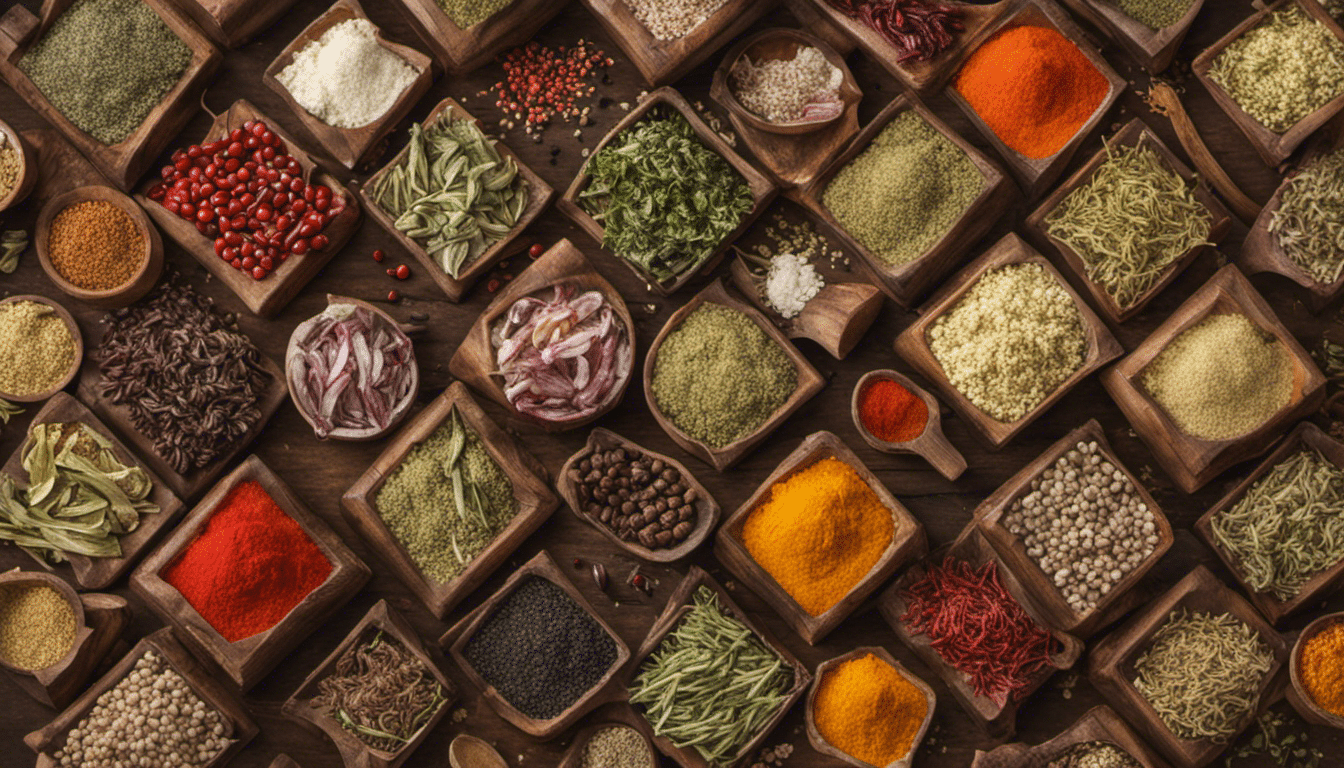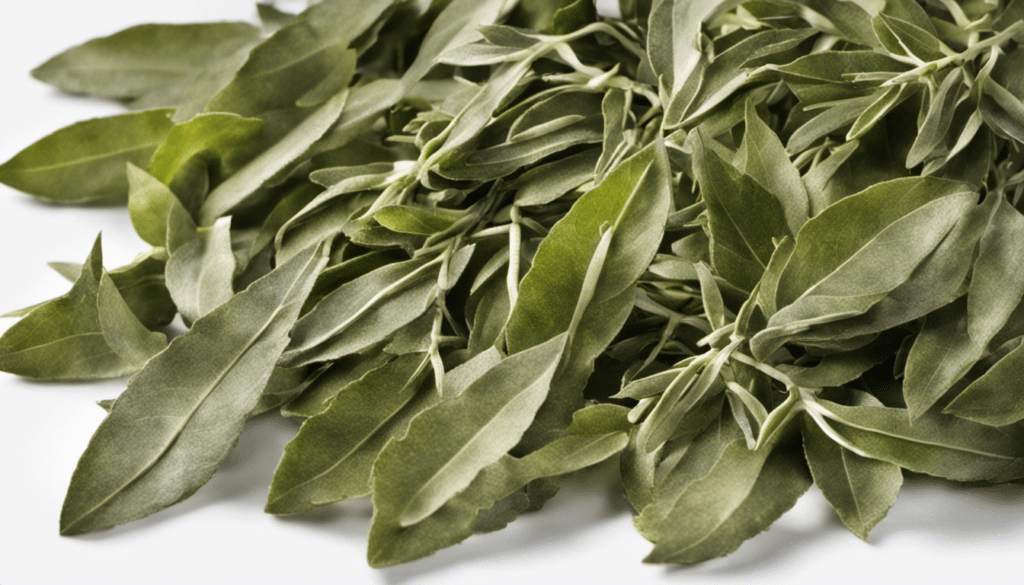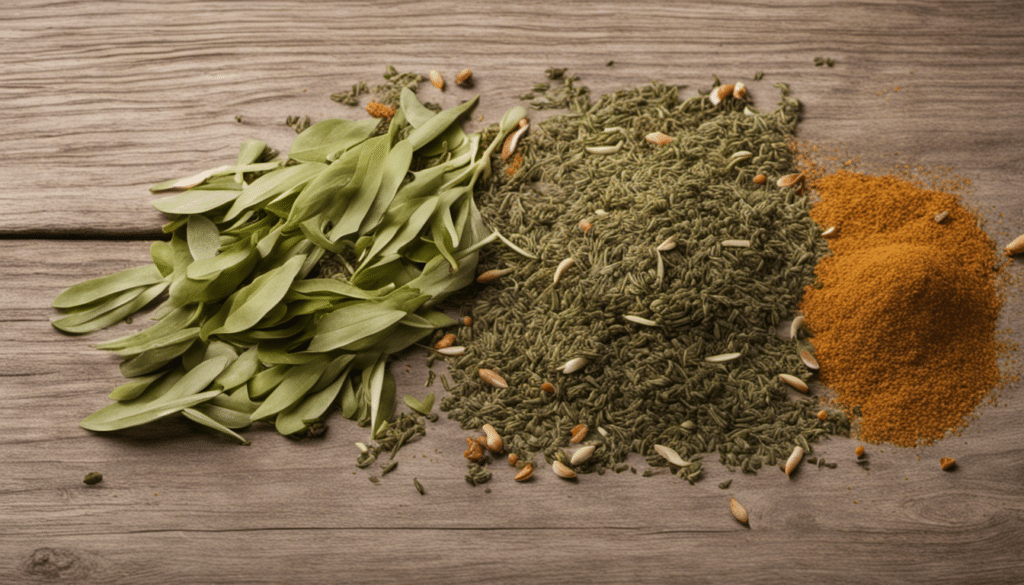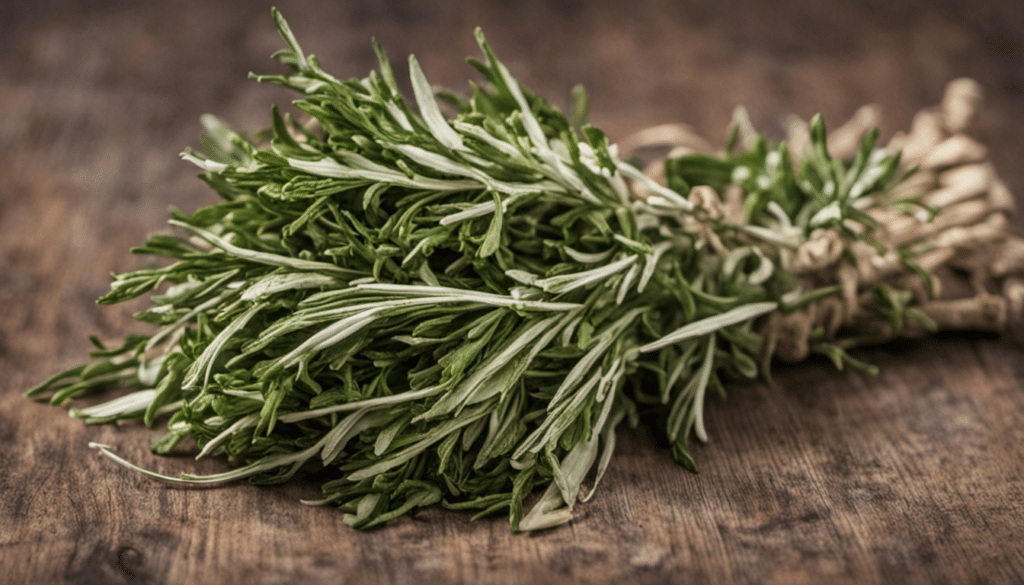Everything You Need to Know About Horseradish
“`html

A Brief History of Horseradish
The horseradish, or Armoracia rusticana in the botanical world, has a history that can be traced back over 3,000 years. This potent plant is native to Eastern Europe and was nurtured by the Ancient Egyptians, Greeks, and Romans, all of whom appreciated it for its distinctive flavor and medicinal properties. The name ‘horseradish’ originated from the English language, with ‘horse’ used in the olden days to signify something strong and large, and ‘radish’ meaning root in Latin. Other than its typical moniker, this fiery root has also been known throughout its history as red cole, stingnose, and mountain radish. Learn more about the history of horseradish.
Unpacking the Health Benefits of Horseradish
Over the centuries, horseradish has accumulated a string of health accolades. It is high in essential nutrients such as fiber, vitamin C, folate, potassium, calcium, magnesium and zinc, making it an impressive source of overall bodily health. The root’s sinus-clearing capabilities are well-documented, helping with the breakdown of mucus and opening up respiratory passages. It’s also said to be packed with antioxidants, beneficial for the immune system, and has anti-inflammatory properties. Digestively, it aids in liver function and may help prevent urinary tract infections. Explore the numerous health benefits of horseradish.
Culinary Uses
In the kitchen, horseradish is famed for its potent flavor which adds a spicy kick to dishes. It’s the key ingredient in a range of popular sauces – most notably cocktail sauce and wasabi – and is an absolute must at any traditional British roast beef dinner. However, it should not be forgotten that due to its strength, it should be used sparingly to avoid overpowering the other flavors. Get hints and tips on how to use horseradish in your cooking.
“`
Horseradish Recipe Ideas
- Horseradish Crusted Roast Beef
- Creamy Horseradish Soup
- Horseradish Mashed Potatoes
- Grilled Steak with Horseradish Sauce
- Horseradish and Dill Baked Salmon
- Horseradish Deviled Eggs
- Horseradish and Cheddar Cheese Dip
- Horseradish Coleslaw
- Horseradish and Garlic Prime Rib
- Horseradish and Lemon Zest Oysters



